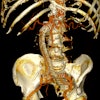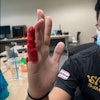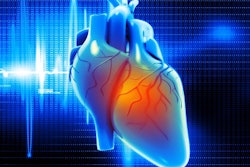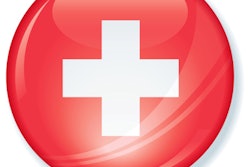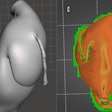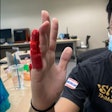Dear Advanced Visualization Insider,
3D printing and virtual reality (VR) haven't been used much in anesthesiology. However, a new case study from Israel reveals how these technologies can have a real clinical impact.
A team from Tel Aviv Sourasky Medical Center described how the combination of 3D printing and VR enabled an anesthesiologist to develop a personalized and more appropriate airway plan for a 7-year-old child who needed a lung operation.
In other 3D printing developments, U.K. researchers are collaborating with healthcare providers and 3D printing firms to create 3D-printed ventilator parts and other critical equipment to help in the fight against the COVID-19 pandemic.
Meanwhile, a team of researchers from Denmark concluded that CT texture analysis may enable low-dose CT lung cancer screening exams to also be utilized for screening and assessment of chronic obstructive pulmonary disease (COPD). The method correlated better with measures of lung function and yielded higher accuracy for diagnosing COPD than densitometric measures. It also was able to offer some predictive value for a rapid decline in lung function.
In addition, a 3D image fusion technique that combines CT and MRI data is showing potential as a tool to aid clinicians in better diagnosing coronary artery disease. The method could allow doctors to quickly resolve inconsistent findings between the two modalities, according to Swiss researchers.
Although 4D MRI can be utilized to reconstruct 3D cardiovascular blood flow over time, the modality typically requires up to 20 minutes of processing time. But another study from Switzerland found that an artificial intelligence algorithm could reconstruct these exams in seconds, potentially enabling near-real-time assessment of cardiac blood flow while the patient is in the scanner.
Is there a story you'd like to see covered in the Advanced Visualization Community? Please feel free to drop me a line.

